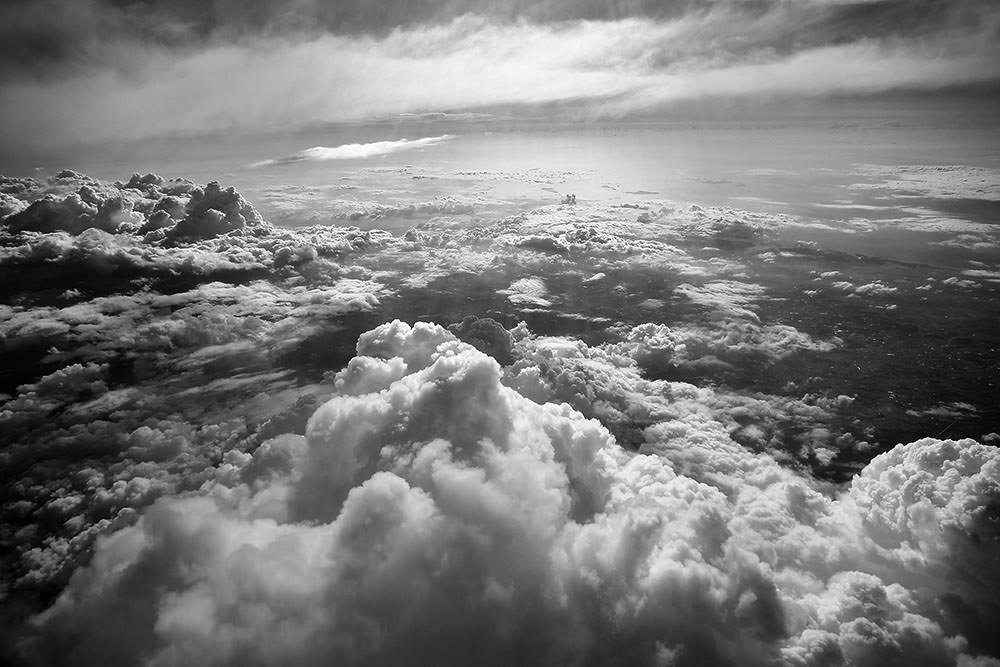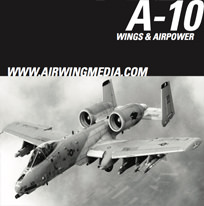Pierre Sprey is an aircraft designer, defense analyst, and record producer. Working with John Boyd and Thomas P. Christie, analyst Tom Christie and test pilot Col. Everest Riccioni as well as aeronautical engineer Harry Hillaker, they formed the core of the self-dubbed “Fighter Mafia”, advocating the use of Energy-Maneuverability (E-M) theory in fighter design.
His approach was to build an “honest plane” – one focused on the end product. “The whole essence of this is to judge everything by outcomes”
This group worked behind the scenes in the late 1960s to pursue a lightweight fighter as an alternative to the F-15. The group strongly believed that an ideal fighter should not include any of the sophisticated radar and missile systems or rudimentary ground-attack capability that found their way into the F-15. Their goal, based on E-M theory, was a small, low-drag, low-weight, pure fighter with no bomb racks. This lead to the highly successful F-16 Sprey co-designed. He also created the A-10 and optimized its safety features. The “Warthog” appears ungainly, but is “enormously difficult to shoot down”, and “devastating against tanks and other armored vehicles.”
He is a critic of the F-35. Despite its $200 million price tag per plane, it is less agile than the F-16, and flies at altitudes and speeds too high and fast to replace the A-10. Compared to the F-16 or A-10 (in both of whose operational roles it operates) he characterized the F-35 as overweight and dangerous, stating:
“It’s as if Detroit suddenly put out a car with lighter fluid in the radiator and gasoline in the hydraulic brake lines: That’s how unsafe this plane is…” and “full of bugs”.


 A-10 Thunderbolt II Special Edition
A-10 Thunderbolt II Special Edition